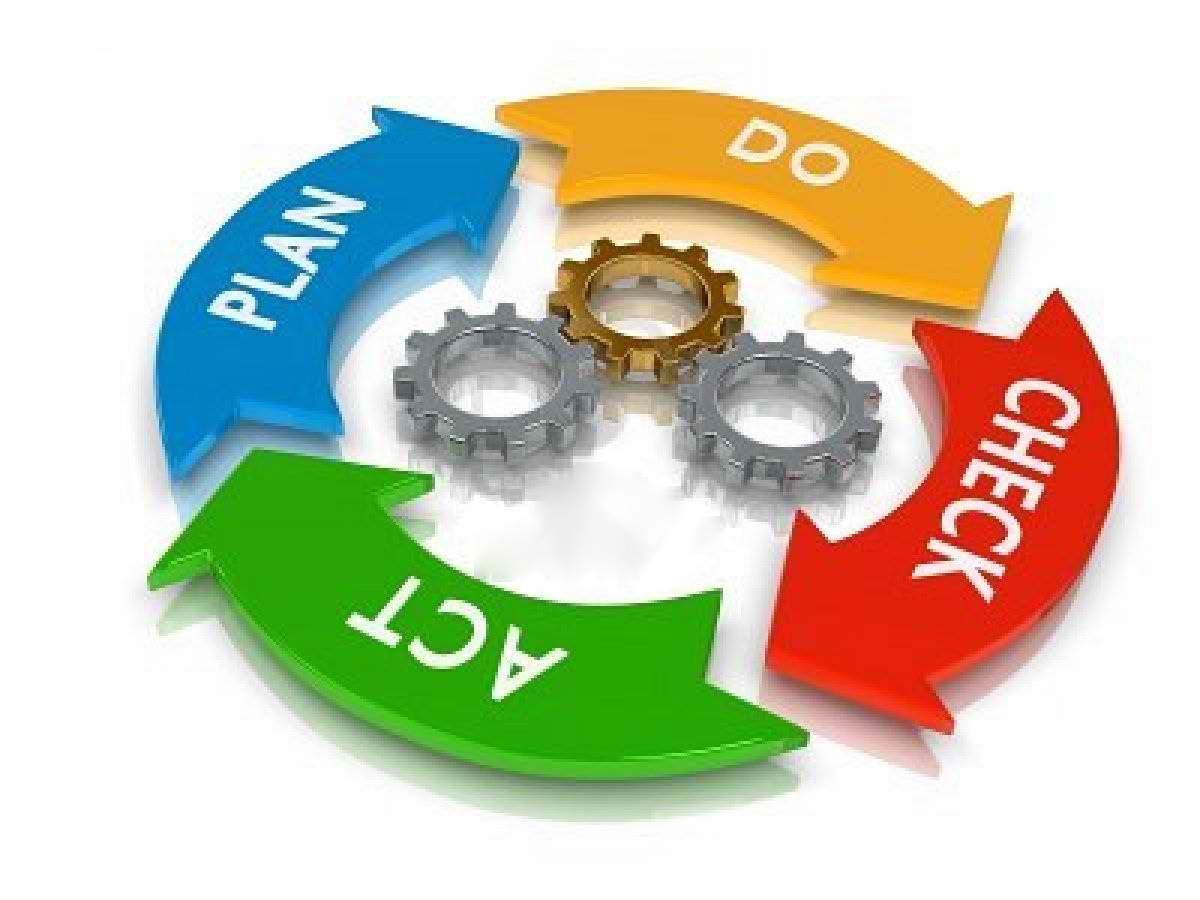PERT and CPM

Program Evaluation & Review Technique and Critical Path Method
 If you have been planning and managing a lot of projects, you must be aware of both the terms PERT and CPM or “Program Evaluation & Review Technique” and “Critical Path Method”. Both play an important role in project management and it wouldn’t be wrong to say that their use is quite inevitable.
If you have been planning and managing a lot of projects, you must be aware of both the terms PERT and CPM or “Program Evaluation & Review Technique” and “Critical Path Method”. Both play an important role in project management and it wouldn’t be wrong to say that their use is quite inevitable.
However, the efficient use of these techniques is what plays the most important role. If you know the main purpose and use of these techniques, you will definitely succeed in meeting the deadline of your project.
If you read about both the techniques you will find out that they are pretty much the same. The main goal is to know the tasks involved in project individually so you can take care of them individually as well. They are mainly used to ensure that the project deadline is met on time and the resources are allocated properly in all the areas. Here are the definitions of PERT and CPM.
What Is Program Evaluation and Review Technique (PERT)?
When you are managing a project it means you have to know the time taken by all the activities within the task and their effects on the project. When you implement PERT you break down the tasks involved in the project into small blocks. These blocks are then connected to each other and are named as paths. Within these paths there is one which is named as the critical path. It must be made sure that the critical path be followed without interruptions and delays because a delay in this path will result in delaying the entire project. The main purpose of PERT is simply to provide you with the schedule of the project that you are about to start working on.
What Is Critical Path Method (CPM)?
When you draw the project as a chart using the PERT method, you will have different paths available on the same chart. Each path will denote a different duration for the project to complete but one path will be the one with the longest duration: this one is the critical path. When you work on this path to make sure that project does not delay because any delay in the activity on this path could obstruct the project. Different improvisations could be made along the critical path to make a project successful. You could work with the schedule and modify the allocation of resources in order to finish the project on time.
PERT and CPM
The main advantage of both the techniques is to place the project in a form where it is understandable. Of course, you would require to have the entire project’s picture in mind. At the same time, it is not possible to remember each and everything involved in a project, especially when the project is a large one. The need is to have the project in a form where you can look at it to assess the state of every activity involved. You should know where your activity has reached at a point in time and when it should end giving time for other activity to start.
Both the techniques could work for small, easy and large and complex projects. They can work for companies to implement within the premises for employees or outside on bigger projects where many contractors and companies are involved in the completion of the project i.e. construction of a bridge.
However, there are questions on the authenticity and application of both the techniques when it comes to more complex projects but many project managers have still managed their projects by efficiently applying the two methods. The best way critical path method helps someone is by informing the earliest possible date for starting a certain activity. This ensures easy adjustment of the project for ending it on time.
